Rituals and Ceremonies in Ancient Chinese Spirituality
When delving into the realm of ancient Chinese spirituality, one cannot ignore the profound significance of rituals and ceremonies that have shaped the cultural landscape for centuries. These practices serve as a gateway to understanding the spiritual essence of the Chinese people, offering a glimpse into their beliefs, values, and traditions.
Throughout history, rituals in ancient Chinese spirituality have played a pivotal role in connecting individuals with the divine, fostering a sense of harmony and balance within the cosmic order. From intricate ceremonies honoring ancestors to elaborate seasonal festivals marking the passage of time, each ritual carries a deep-rooted symbolism that reflects the interconnectedness of humanity and the universe.
As practitioners engage in these ancient rituals, they partake in a sacred dance that transcends the physical realm, immersing themselves in a world where the boundaries between the material and the spiritual blur. The act of performing these ceremonies becomes a transformative experience, a journey of self-discovery and enlightenment that resonates with the soul.
Symbolism lies at the heart of Chinese rituals, weaving a tapestry of meanings that speak to the very essence of existence. Colors, objects, gestures, and chants are imbued with profound significance, acting as conduits through which the divine communicates with mortals. Through these symbols, practitioners navigate the intricate web of spiritual energies that permeate the cosmos, seeking harmony and enlightenment.
As we explore the ancient Chinese rituals and ceremonies, we are invited to embark on a voyage of discovery, a quest to unravel the mysteries of the universe and unlock the secrets of the human spirit. In a world characterized by constant change and upheaval, these timeless practices offer a sense of stability and grounding, reminding us of our place in the grand tapestry of existence.
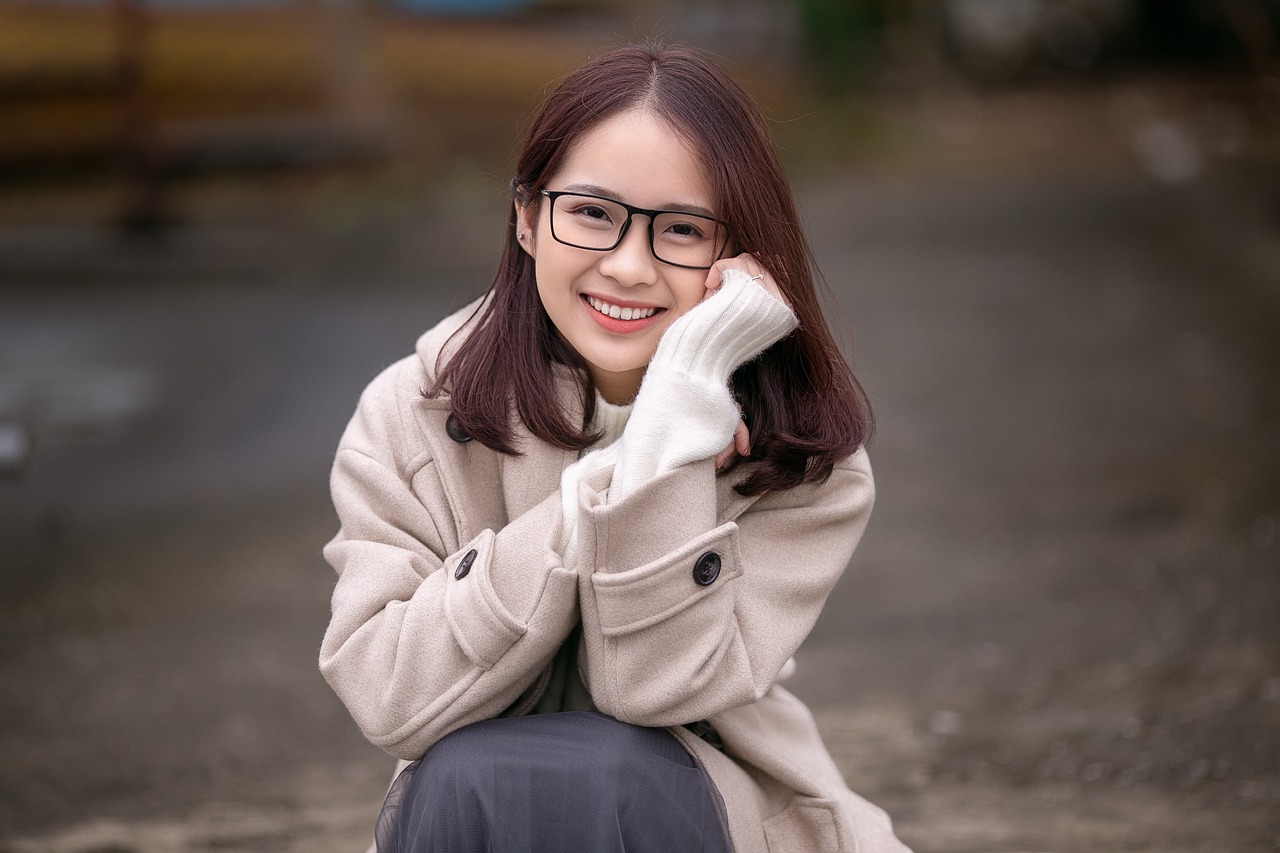
Origins of Chinese Rituals
The origins of Chinese rituals can be traced back thousands of years, deeply rooted in the rich tapestry of ancient Chinese culture and spirituality. These rituals have evolved over time, shaped by the beliefs, values, and traditions of various dynasties and philosophical schools that have influenced Chinese society.
One of the earliest forms of rituals in ancient China can be found in the worship of nature and ancestral spirits. The reverence for natural elements such as the sun, moon, and mountains, as well as the veneration of deceased ancestors, laid the foundation for the development of more elaborate ceremonial practices.
Ancient Chinese rituals were not only a means of connecting with the divine and the spiritual realm but also served practical purposes in maintaining social order, fostering community cohesion, and ensuring prosperity and harmony within society. These rituals were deeply intertwined with everyday life, permeating all aspects of Chinese culture.
The philosophical underpinnings of Chinese rituals can be seen in the teachings of Confucianism, Daoism, and other spiritual traditions that emphasize the importance of harmony, balance, and respect for the natural world. These philosophies have influenced the symbolic meanings and ceremonial practices observed in ancient Chinese rituals.
As Chinese civilization flourished and interacted with neighboring cultures, the rituals and ceremonies of ancient China underwent transformations, incorporating new elements and practices while preserving the core values and beliefs that defined Chinese spirituality. This continuous evolution reflects the adaptability and resilience of Chinese rituals throughout history.

Types of Ancient Chinese Ceremonies
Ancient Chinese spirituality is rich with a diverse array of ceremonies that hold deep cultural and spiritual significance. These ceremonies serve as a bridge between the physical and spiritual realms, connecting individuals with their ancestors, nature, and the cosmos. From ancestral worship to seasonal celebrations, each ceremony plays a unique role in the tapestry of Chinese spiritual traditions.
One of the most prevalent types of ancient Chinese ceremonies is ancestral worship. This practice revolves around honoring and paying respects to one's ancestors, believing that their spirits continue to influence the lives of their descendants. Ancestral worship ceremonies often involve offerings of food, incense, and prayers to ensure the well-being and prosperity of both the living and the deceased.
Seasonal festivals and observances also hold a prominent place in ancient Chinese spirituality. These ceremonies are deeply rooted in the agricultural cycles and celestial events that shape the natural world. From the Lunar New Year to the Mid-Autumn Festival, each seasonal celebration is marked by rituals that express gratitude, renewal, and harmony with the changing seasons.
Rites of passage represent another important category of ancient Chinese ceremonies, marking significant life transitions such as birth, coming of age, marriage, and death. These rituals symbolize the continuity of life and the interconnectedness of generations, guiding individuals through key milestones with reverence and tradition.
Within each of these types of ceremonies, intricate symbolism is woven into the fabric of ancient Chinese rituals. Colors, objects, gestures, and chants carry deep symbolic meanings that reflect the interconnectedness of the physical and spiritual worlds. For example, the concept of Yin and Yang, representing the balance of opposing forces, is often reflected in the symbolic elements of Chinese ceremonies, emphasizing harmony and equilibrium.

Ancestral Worship Practices
When delving into the realm of ancient Chinese spirituality, one cannot overlook the profound significance of ancestral worship practices. These rituals and customs hold a sacred place in the hearts of the Chinese people, serving as a bridge between the past and the present. Ancestral worship is deeply rooted in the belief that deceased family members continue to exist in the afterlife and play a role in the lives of their descendants.
Central to ancestral worship practices is the veneration of ancestors through offerings of food, incense, and prayers. These offerings are believed to nourish the spirits of the departed and ensure their continued protection and blessings upon the living. Families often gather at ancestral shrines or gravesites during important occasions to pay their respects and seek guidance from their ancestors.
The act of honoring one's ancestors is not merely a cultural tradition but a spiritual obligation that reinforces familial bonds and upholds the values passed down through generations. It is a way of expressing gratitude for the sacrifices and wisdom of those who came before, acknowledging their enduring presence in the lives of their descendants.
Furthermore, ancestral worship practices serve to instill a sense of continuity and connection with the past, grounding individuals in their cultural heritage and identity. By preserving and perpetuating these rituals, the Chinese people maintain a deep reverence for their ancestors and the legacy they have inherited.

Seasonal Festivals and Observances
Seasonal festivals and observances hold a special place in ancient Chinese spirituality, serving as integral components of the cultural tapestry and spiritual calendar. These festivals are deeply rooted in the agricultural cycles and celestial events that shape the rhythm of life in Chinese society. One of the most prominent seasonal festivals is the Chinese New Year, also known as the Spring Festival, which marks the beginning of the lunar new year. This vibrant celebration is characterized by colorful parades, dragon dances, fireworks, and the exchange of red envelopes containing money for good luck.
Another significant seasonal observance is the Mid-Autumn Festival, also known as the Moon Festival, which falls on the 15th day of the eighth lunar month. During this time, families gather to admire the full moon, indulge in mooncakes, and pay homage to Chang'e, the Moon Goddess. The festival symbolizes reunion and harmony, emphasizing the importance of family ties and unity.
Moreover, the Duanwu Festival, or Dragon Boat Festival, commemorates the poet Qu Yuan and features dragon boat races, zongzi (sticky rice dumplings), and the hanging of aromatic herbs to ward off evil spirits. This festival honors traditional values of loyalty, courage, and community spirit, reflecting the resilience and solidarity of the Chinese people.
Throughout the year, these seasonal festivals and observances serve as opportunities for individuals to connect with their cultural heritage, express gratitude to nature, and seek blessings for prosperity and good fortune. The rituals and practices associated with these festivals are rich in symbolism and meaning, offering insights into the spiritual beliefs and values of ancient Chinese civilization.
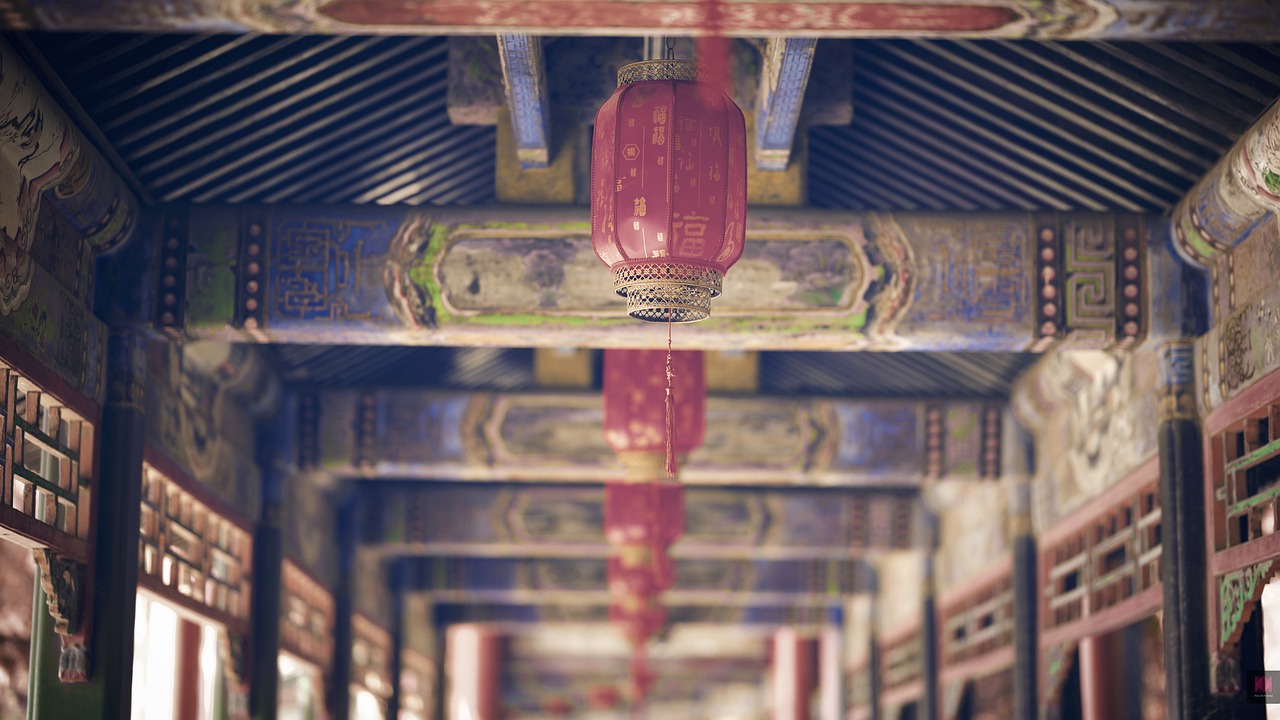
Rites of Passage
When it comes to ancient Chinese spirituality, the concept of rites of passage holds a significant place in marking important life transitions. These ceremonies were deeply rooted in the cultural fabric of ancient China, symbolizing the journey from one stage of life to another. Whether it was the celebration of a birth, the coming of age of a young individual, the union of two souls in marriage, or the solemn farewell in death, each rite of passage was accompanied by specific rituals and customs that carried profound symbolic meanings.
Birth ceremonies in ancient Chinese culture were not merely about welcoming a new life into the world but also about ensuring the well-being and prosperity of the newborn. Families would organize elaborate rituals to bless the child, seeking protection from malevolent forces and invoking the blessings of the ancestors. These ceremonies were a way of affirming the continuity of the family lineage and reinforcing the bond between generations.
As children grew and approached adolescence, the coming of age ceremony held great importance in ancient Chinese society. It marked the transition from childhood to adulthood, symbolizing the acquisition of responsibilities and the beginning of a new phase in life. Young individuals would undergo various tests and rituals to prove their readiness for adulthood, often involving challenges that tested their physical, mental, and emotional strength.
Marriage was another significant rite of passage in ancient Chinese culture, signifying the union of two families and the continuation of the lineage. Wedding ceremonies were elaborate affairs, filled with customs and traditions that symbolized harmony, prosperity, and fertility. From the exchange of betrothal gifts to the intricate rituals performed during the wedding ceremony, every aspect was imbued with symbolic meaning and cultural significance.
Finally, death was viewed as a transition to another realm in ancient Chinese spirituality, and funerary rites played a crucial role in ensuring a peaceful passage for the departed soul. Funeral ceremonies were elaborate and carefully choreographed, with specific rituals performed to honor the deceased, comfort the grieving family, and guide the soul to the afterlife. Ancestors were venerated through offerings and prayers, ensuring their continued presence and blessings on the living.
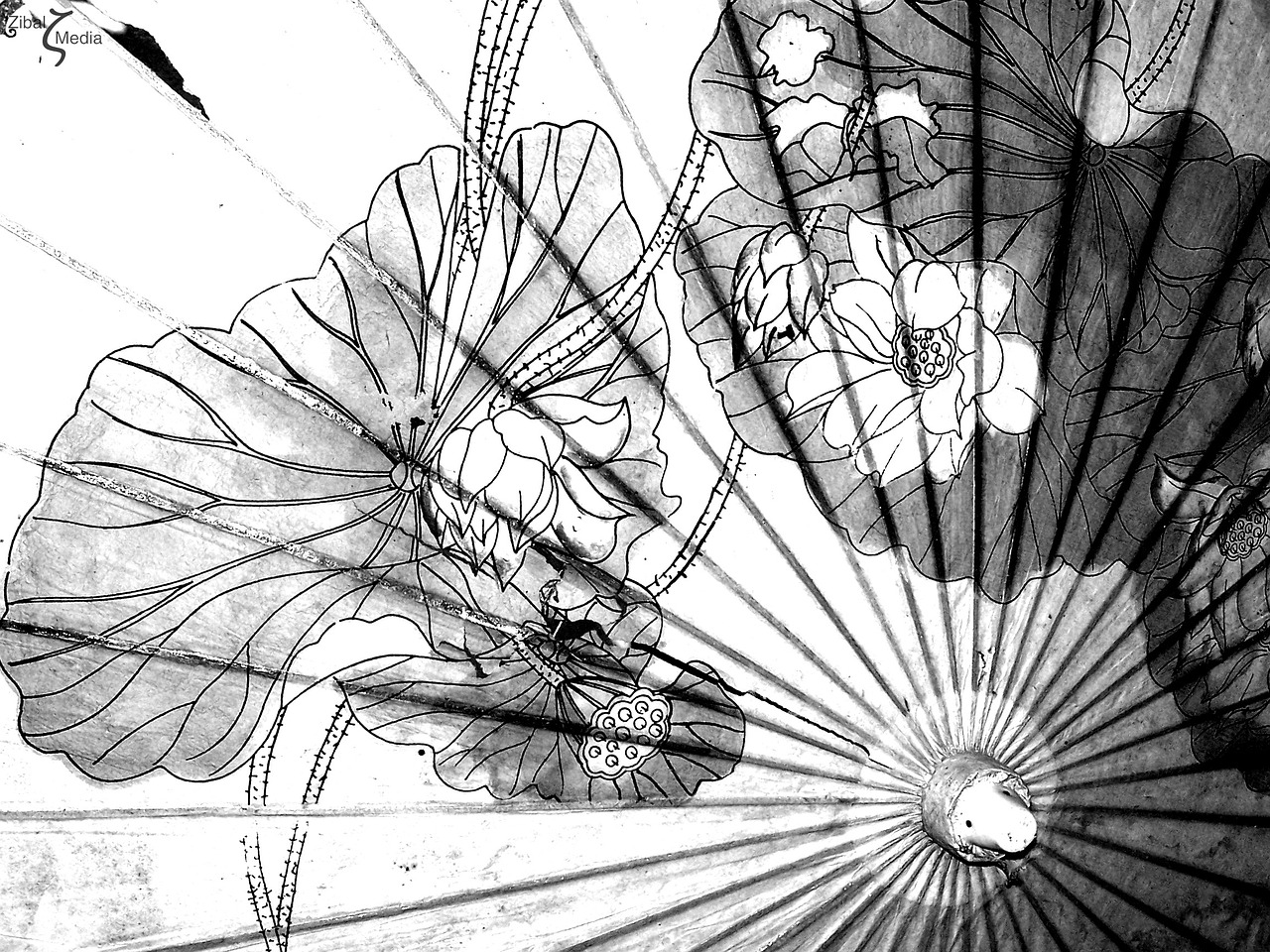
Symbols and Symbolism in Chinese Rituals
Chinese rituals are rich in symbolism, with each gesture, object, and color holding deep significance. In ancient Chinese spirituality, symbols play a crucial role in conveying profound meanings and connecting individuals to the spiritual realm. One of the most prominent symbols in Chinese rituals is the concept of Yin and Yang, representing the dual forces of the universe. The balance between Yin (feminine, dark, passive) and Yang (masculine, light, active) is central to Chinese spiritual practices, reflecting harmony and equilibrium in the cosmos.
Colors also carry symbolic weight in Chinese rituals, with red symbolizing good fortune and joy, while white is associated with mourning and death. The use of specific colors in ceremonies conveys messages about the intentions and emotions behind the rituals. Objects such as incense, candles, and altars are commonly used in Chinese ceremonies, each holding its own symbolic meaning. Incense, for example, is believed to purify the space and create a connection between the earthly and spiritual realms.
Gestures and movements in Chinese rituals are often highly choreographed and symbolic. From bowing to specific hand gestures, each movement carries a specific meaning and intention. Chants and mantras are also integral to Chinese ceremonies, with the rhythmic recitation of sacred words believed to invoke spiritual energies and blessings. The symbolism embedded in these rituals serves to deepen the practitioner's connection to the divine and create a sacred space for spiritual communion.
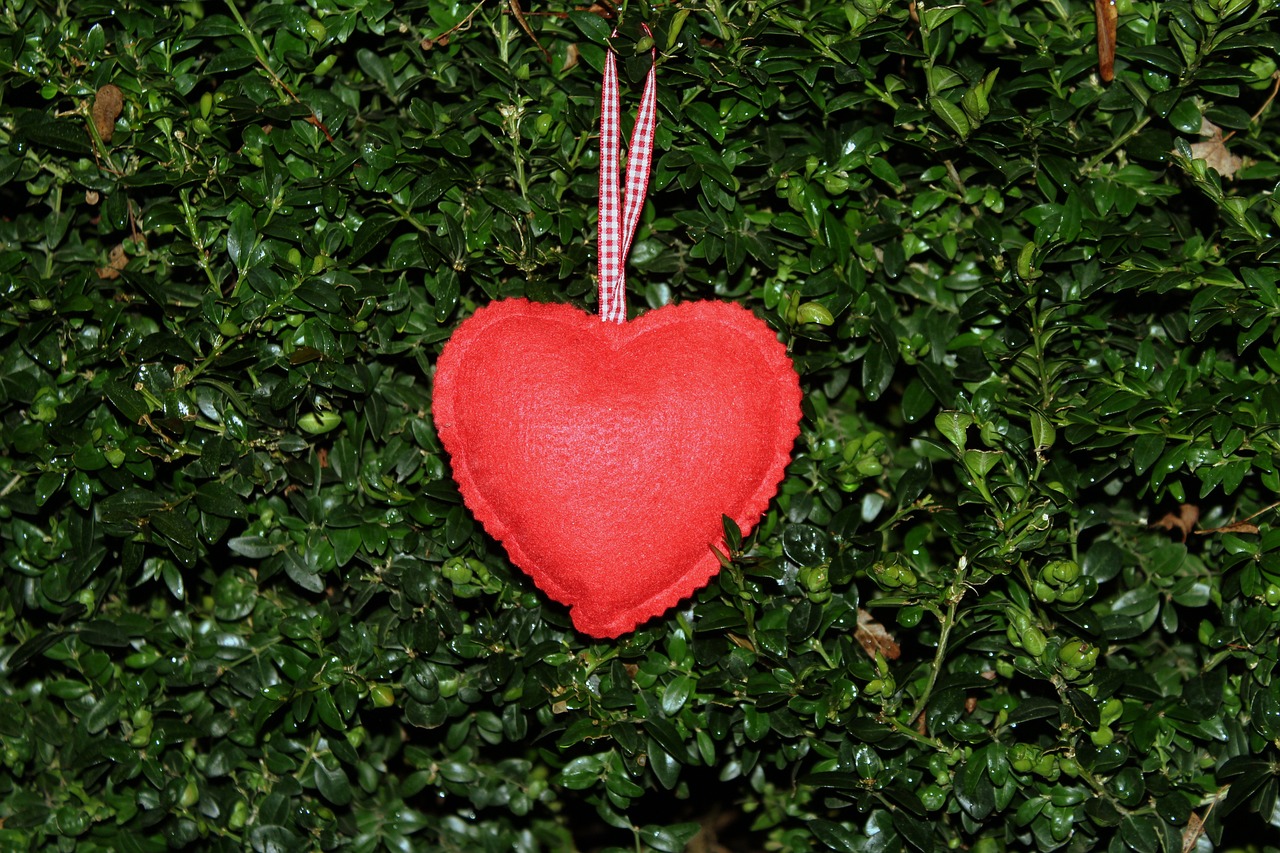
Yin and Yang Symbolism
Yin and Yang symbolism holds a central place in ancient Chinese spiritual practices, embodying the concept of dualism and balance in the universe. The Yin, representing darkness, femininity, and receptivity, is complemented by the Yang, symbolizing light, masculinity, and activity. Together, they form a harmonious interplay of opposing forces, illustrating the interconnectedness and interdependence of all things.
Within Chinese rituals and ceremonies, the Yin and Yang symbolism is often manifested through various elements such as colors, symbols, and movements. For instance, the color black is associated with Yin, while white is linked to Yang. In ceremonial practices, the balance between these two forces is sought to maintain harmony and equilibrium.
Moreover, the Yin and Yang symbolism is reflected in the movements and gestures performed during rituals. Circular motions, representing the continuous cycle of creation and destruction, are often incorporated to signify the perpetual flow and transformation of energies in the universe.
Additionally, the concept of Yin and Yang extends beyond physical manifestations and permeates the spiritual realm. It symbolizes the interconnectedness of opposing forces, emphasizing the dynamic interplay of light and dark, life and death, growth and decay.
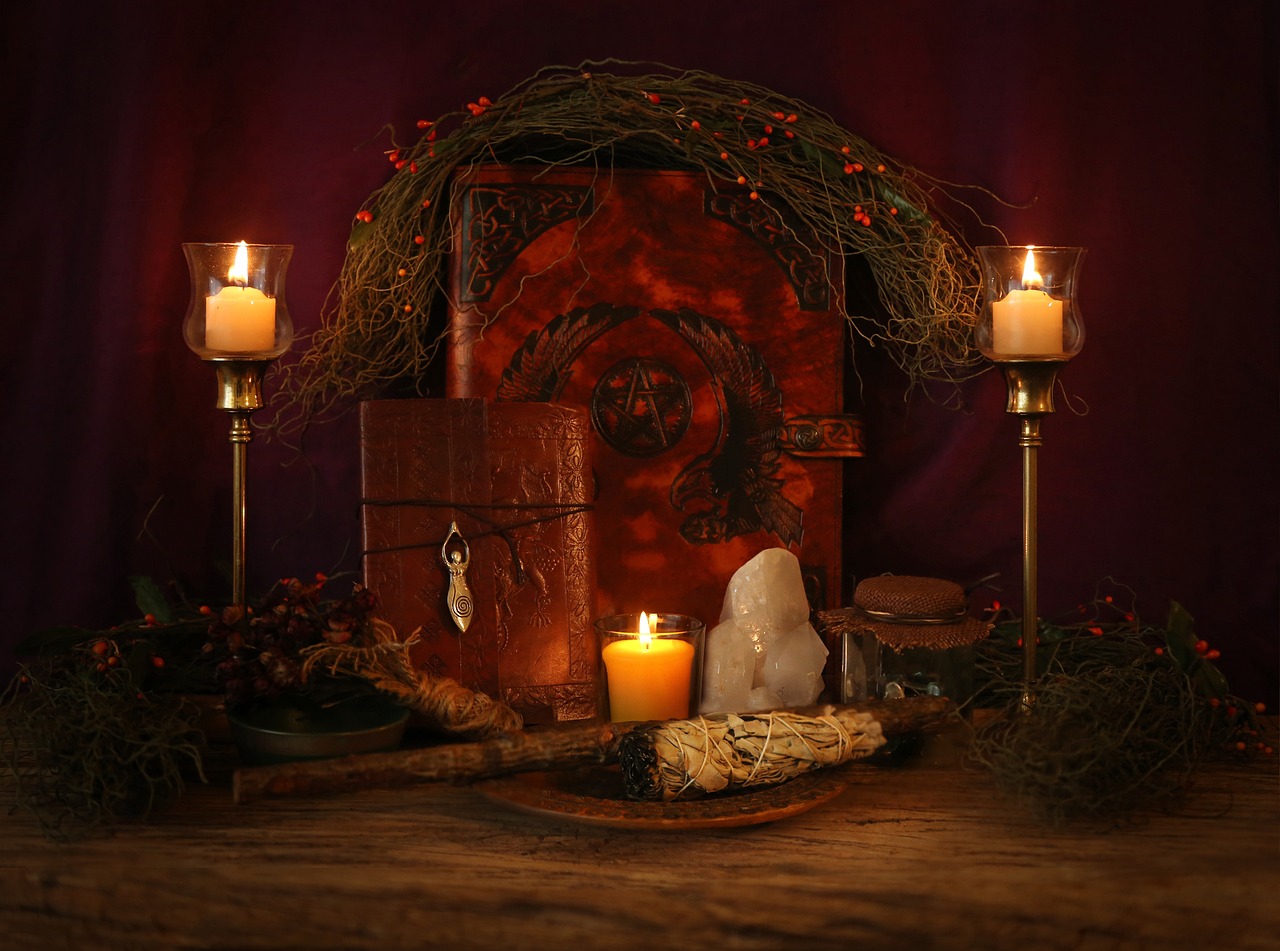
Modern Interpretations of Ancient Chinese Rituals
As ancient Chinese rituals and ceremonies continue to hold cultural and spiritual significance, their interpretation in modern times has evolved to adapt to contemporary contexts. While some traditional practices remain intact, others have been reinterpreted to resonate with present-day beliefs and values.
One notable aspect of modern interpretations is the integration of technology and digital platforms into the practice of ancient rituals. Virtual ceremonies and online offerings have emerged as a way to engage a wider audience and bridge the gap between tradition and modernity. This blending of ancient practices with modern technology showcases the resilience and adaptability of Chinese spiritual traditions.
Furthermore, the emphasis on mindfulness and holistic well-being has influenced the interpretation of ancient Chinese rituals in the modern era. Practices such as meditation, tai chi, and qigong have gained popularity not only for their physical benefits but also for their spiritual connections to traditional Chinese beliefs. These practices serve as a bridge between the past and the present, offering a harmonious approach to spiritual growth and self-awareness.
Moreover, the global spread of Chinese culture has led to a cross-cultural exchange of ideas and practices, influencing the modern interpretation of ancient rituals. As people from diverse backgrounds engage with Chinese spirituality, new perspectives and interpretations emerge, enriching the tapestry of ancient traditions with contemporary insights and understandings.
In essence, modern interpretations of ancient Chinese rituals reflect a dynamic and evolving landscape where the past intertwines with the present, creating a vibrant tapestry of cultural heritage and spiritual wisdom.
Frequently Asked Questions
- What are the main types of rituals practiced in ancient Chinese spirituality?
Ancient Chinese spirituality encompassed a variety of rituals, including ancestral worship, seasonal festivals, and rites of passage. These rituals played a crucial role in connecting individuals with their cultural heritage and spiritual beliefs.
- What is the significance of ancestral worship in ancient Chinese culture?
Ancestral worship held great importance in ancient Chinese culture as it honored and respected one's ancestors, fostering a deep sense of familial and cultural identity. It was believed that through these rituals, one could maintain a connection with their ancestors' spirits.
- How are Yin and Yang symbolisms reflected in Chinese rituals?
The concept of Yin and Yang, representing the dualistic nature of the universe, is intricately woven into Chinese rituals. These symbols are manifested through the balance of opposing forces, harmonizing energies, and maintaining equilibrium in spiritual practices.



















